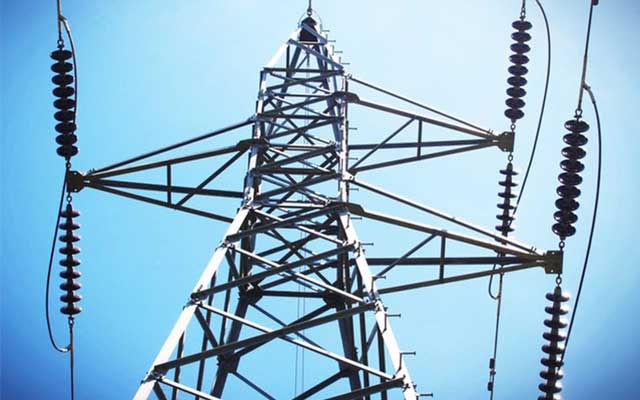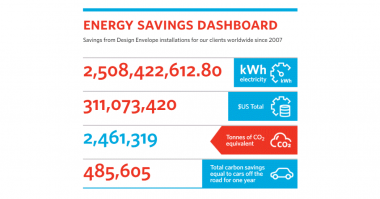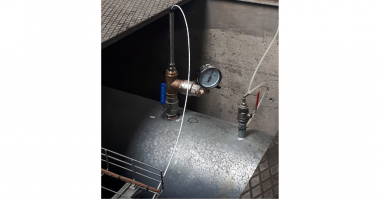Author: Steve Bistak, North East Regional Manager, Fuji Electric
Energy efficiency is a major global initiative. The effort to create energy efficient pumps, motors, fans, and blowers starts with rules and regulations and requires standards that manufacturers must use to guide their development of energy efficient products. This article provides a brief overview of some of the most important rules and standards that apply to manufacturers of industrial equipment.
Department of Energy Rule Making
Pump System Efficiencies
In 2016, the U.S. Department of Energy (DOE) issued the first-ever energy efficiency standard for commercial and industrial pumps. The effective date of this rule is March 28th, 2016. Compliance with the new standards established for pumps in this final rule is required on and after January 27th, 2020. You can read more about the final rule here: http://energy.gov/sites/prod/files/2015/12/f28/Pumps%20ECS%20Final%20Rule.pdf
Fan and Blower System Efficiencies
The DOE published a Notice Of Proposed Determination in June 2011, requiring the improved efficiencies of commercial/industrial fans and blowers. In December 2014, the DOE published a notice of data availability (NODA) that estimated the potential energy savings that could result from improving fan efficiency standards. While final action had been planned for August 2016, the DOE instead recently published another NODA about fan efficiency standards and requested feedback from manufacturers and working groups like ASHRAE on specific issues. Read more about Energy Conservation Standards for Commercial and Industrial Fans and Blowers.
Energy Standards for Motors in the United States and Europe
In the United States, there are two important standards – the EPAct and the Energy Independence and Security Act (EISA).
EPAct
The Energy Policy Act of 1992, which started in October 1997, required most general-purpose polyphase squirrel cage induction motors manufactured for sale in the United States in sizes between 1- and 200-horsepower to meet minimum efficiency standards.
EISA & EISA Enhancements
EISA was signed into law in 2007 and became effective on December 19th, 2010. This law expands the mandated energy efficiency standards from the Energy Policy Act of 1992 (EPAct) for a wider range of industrial motors 1- to 500-horsepower which are manufactured for sale in the United States. EISA has been “enhanced”, by including 8 pole motors and motors with some previously excluded features, and became effective as of June 2016.
In Europe, the International Electrotechnical Commission (IEC) has developed an internationally applicable testing standard for electric motors using a classification scheme “IEC” with four levels of motor efficiency:
- IE1(Standard efficiency)
- IE2(High efficiency) – manufacturers had to meet this standard by June 16, 2011.
- IE3 (Premium efficiency) – manufacturers had to meet this standard for all motors from 0.75 to 375 kW by January 1, 2017, and IE2 only in combination with an adjustable speed drive.
(*European Standards IE2 and IE3 are basically equivalent to EPAct and EISA.)
- IE4 (Super premium efficiency) – standards established for motors from 0.75 to 375 kW, but not yet required.
- IE5 – standards are still being discussed.
Read Response from Fuji Electric to New DoE Motor Efficiency Standards.
Regulating the efficiency of individual pieces of equipment will provide owners with a range of options for installing and operating energy efficient systems. For example, an owner might install a fan that has not yet been designed for highest efficiency, but can still achieve higher system efficiencies by using a highly efficient motor, such as a permanent magnet motor with a variable frequency drive. Regulations will continue to affect equipment efficiencies, but should not restrict equipment owners’ abilities to design, install, and operate energy efficient systems.





Comments